Dogs are more than just pets—they are beloved members of our families. But sometimes, understanding their behaviours can be a challenge. If you've ever wondered why your dog does certain things, you're not alone.
This blog post aims to shed light on 10 things your dog does and what they mean, helping you to better understand and bond with your furry friend.
1. Wagging Tail
A wagging tail might seem straightforward, but it can convey a multitude of emotions. Most dog owners associate tail wagging with happiness, but it can also indicate stress or agitation.
Understanding the Wag
The position and speed of your dog's tail wag can reveal a lot. A high, fast wag generally indicates excitement or happiness, while a slow, low wag can be a sign of caution.
Recognising the Signals
Pay attention to your dog's overall body language to understand the context of the wagging. For example, a stiff body with a fast wag could signify aggression, while a relaxed dog with a gentle wag is likely feeling content.
How to Respond
Encourage positive tail wagging by engaging in activities your dog enjoys, like playtime or walks. If you notice signs of stress or aggression, try to identify and remove the trigger to help your dog feel safe.
2. Excessive Barking

Barking is a natural behaviour for dogs, but excessive barking can be one of the most common dog behavior problems that frustrates many owners.
Why Dogs Bark
Dogs bark to communicate a variety of things, from alerting you to potential danger to expressing boredom or anxiety. Understanding the reason behind the barking is crucial.
Identifying the Triggers
Observe when and where your dog tends to bark excessively. Is it when they see other dogs, hear a noise, are there multiple dogs barking together, or are left alone? Identifying triggers can help you address the root cause.
Managing Excessive Barking
Training is key. Use positive reinforcement to reward your dog for quiet behaviour. Mental stimulation and enough exercise can also reduce the need for excessive barking by keeping your dog occupied and tired, preventing this unwanted behavior.
3. Chewing
Dogs chew for various reasons, and while it's a natural behaviour, it can become problematic if they start chewing on inappropriate items.
The Urge to Chew
Chewing helps dogs relieve stress and boredom, and it’s particularly common in puppies who are teething. However, dogs of all ages may chew to keep their jaws strong and teeth clean.
Recognising Problematic Chewing
If your dog is chewing on furniture or shoes, it’s essential to redirect this behaviour to appropriate chew toys. Make sure they have access to toys that are safe and enjoyable to chew on.
Redirecting the Behaviour
Provide a variety of chew toys and regularly rotate them to keep things interesting. Praise and reward your dog when they chew on their toys, and gently discourage them from chewing on inappropriate items.
4. Separation Anxiety

Separation anxiety is a distressing condition for dogs and can lead to unwanted behaviour like destructive chewing or excessive barking.
Signs of Separation Anxiety
Common signs include whining, pacing, and destructive behaviour when you leave the house. Some dogs may even try to escape to gain access to you.
Understanding the Causes
Separation anxiety often stems from a strong attachment to their human companions. It's more common in dogs that have experienced significant changes, like moving homes or changes in family structure.
Managing Separation Anxiety
Gradually desensitising your dog to your departures can help. Start by leaving them alone for short periods and gradually increase the duration, dogs learn fast but have patience. Providing a consistent routine and plenty of mental exercise can also be beneficial.
5. Direct Eye Contact
Direct eye contact can be a complex form of communication in dogs. While some might see it as a sign of affection, others may interpret it as a challenge or a threat.
Reading the Eyes
In the dog world, eye contact is often used to assert dominance. However, a soft, relaxed gaze typically indicates trust and affection.
Knowing Your Dog's Comfort Level
Each dog is unique, and while one dog might enjoy direct eye contact, another might find it intimidating. Notice how your dog reacts when you make eye contact to gauge their comfort level.
Building Trust
To build trust with your dog, use gentle eye contact combined with a calm voice and relaxed body language. Avoid staring contests, especially with unfamiliar dogs, as this can be perceived as aggressive behaviour.
6. Lowered Head

A lowered head can mean different things depending on the context and accompanying body language.
Understanding the Gesture
A dog with a lowered head may be showing submission, fear, or even guilt. It's a natural behavior seen in pack dynamics, where lower-ranking dogs show deference to higher-ranking ones by the lowering of the lesser dogs heads.
Context is Key
Look at the whole picture. Is your furry friends tail tucked, ears back, or body hunched? Stress signals such as these can indicate fear or submission, or in extreme circumstances - health problems.
On the other hand, a relaxed dog with a lowered head might simply be sniffing something interesting.
How to React
If your dog shows signs of fear or submission, offer reassurance and avoid punishment. Building a positive, trusting relationship is crucial to helping your dog feel safe and confident.
7. Puppy Eyes
The classic "puppy eyes" look is hard to resist and is often a dog's way of communicating something specific.
The Power of Puppy Eyes
Dogs have evolved to use this expression to appeal to human emotions. Those big, soulful eyes can signal a desire for attention, food, or to express guilt after doing something they shouldn't have.
Reading the Expression
Consider what’s happening in the moment. Is your dog looking at you with puppy eyes during dinner? They’re likely hoping for a treat. After chewing something they shouldn't? They might be seeking forgiveness.
Responding Appropriately
While it's tempting to give in to those adorable eyes, try to reinforce positive behaviour. Reward your dog with attention or treats when they exhibit good behaviour, rather than succumbing to their manipulative adorableness.
8. Relaxed Dog

A relaxed dog is a happy dog, and recognising this state can help you ensure your pet's well-being.
Signs of a Relaxed Dog
A relaxed dog typically has loose body language, a soft gaze, and might even sigh contentedly. Their tail and ears will be in a natural, neutral position.
Creating a Relaxing Environment
Provide a safe and comfortable environment for your dog to relax in. This includes a cosy bed, access to fresh water, and a quiet space away from loud noises or disruptions.
Maintaining Relaxation
Regular exercise, mental stimulation, and quality time with their human companions contribute significantly to a dog’s overall relaxation and happiness. Ensure your dog gets plenty of playtime and affection.
9. Dog's Tail Between Legs
A dog's tail tucked between their legs is typically a sign of fear or submission.
Understanding the Tail Tuck
This behaviour is often seen when a dog feels threatened or anxious. It's a protective gesture that shields vulnerable parts of their body.
Recognising the Triggers
Identify what might be causing your dog to feel scared. It could be a loud noise, a new environment, or the presence of other animals or people.
Reassuring Your Dog
Offer comfort and reassurance when you notice this behaviour. Avoid forcing your dog into situations that make them uncomfortable and gradually expose them to their triggers in a controlled, positive manner.
10. Sniffing

Sniffing is a fundamental part of being a dog, allowing them to explore their environment and gather information.
The Importance of Sniffing
Dogs have an incredible sense of smell and use it to understand the world around them. Sniffing helps them identify other animals, locate food, and even sense danger.
Encouraging Healthy Sniffing
Allow your dog plenty of opportunities to sniff during walks. This mental exercise is just as important as physical exercise and keeps them engaged and happy.
When Sniffing Becomes Excessive
If your dog seems obsessed with sniffing to the point of distraction, it might indicate boredom or lack of mental stimulation. Increase playtime and introduce new toys to keep their mind active.
Conclusion
Understanding your dog's behaviours can significantly enhance your relationship and ensure their well-being. From recognising a wagging tail to deciphering those irresistible puppy eyes, each action has meaning and intent.
By paying attention to these behaviours and responding with patience and positive reinforcement, dog owners can create a loving and harmonious environment for their pets. Remember, your dog is always communicating with you—it's up to you to listen and understand.
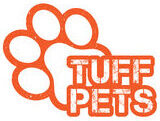
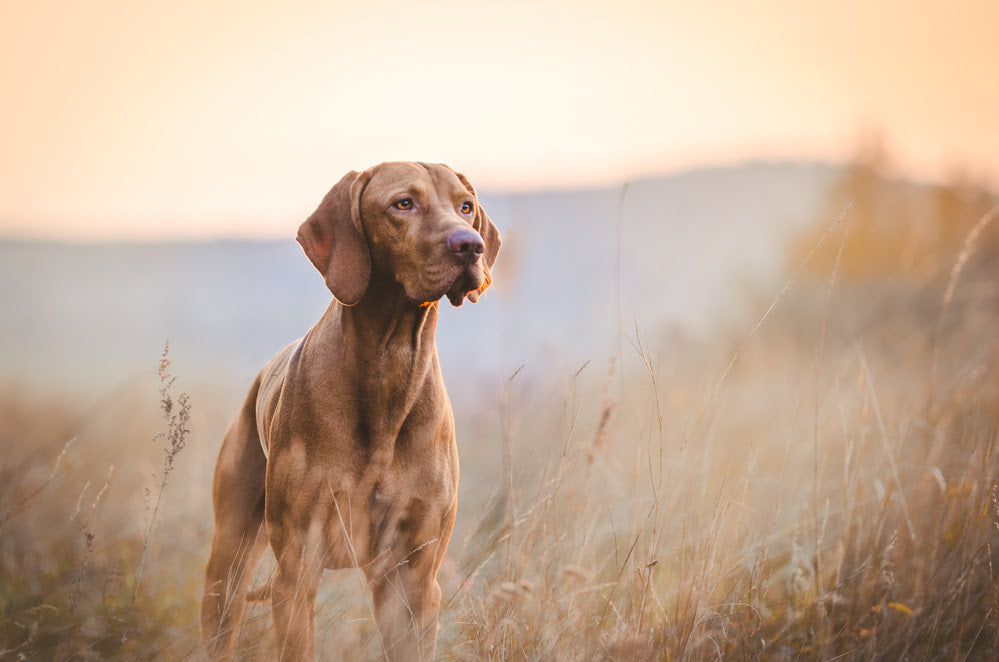
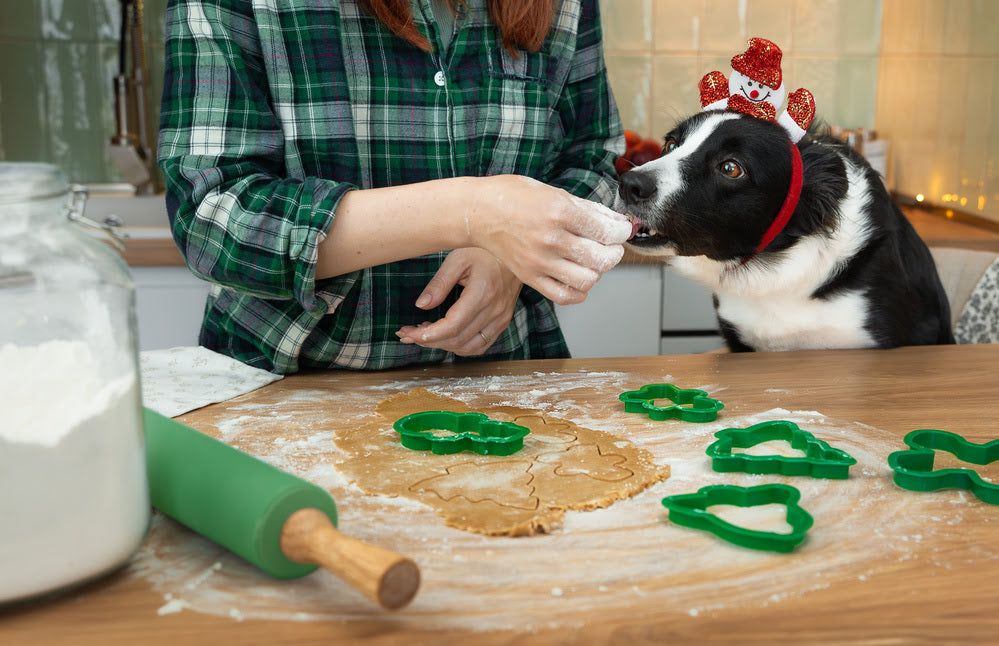
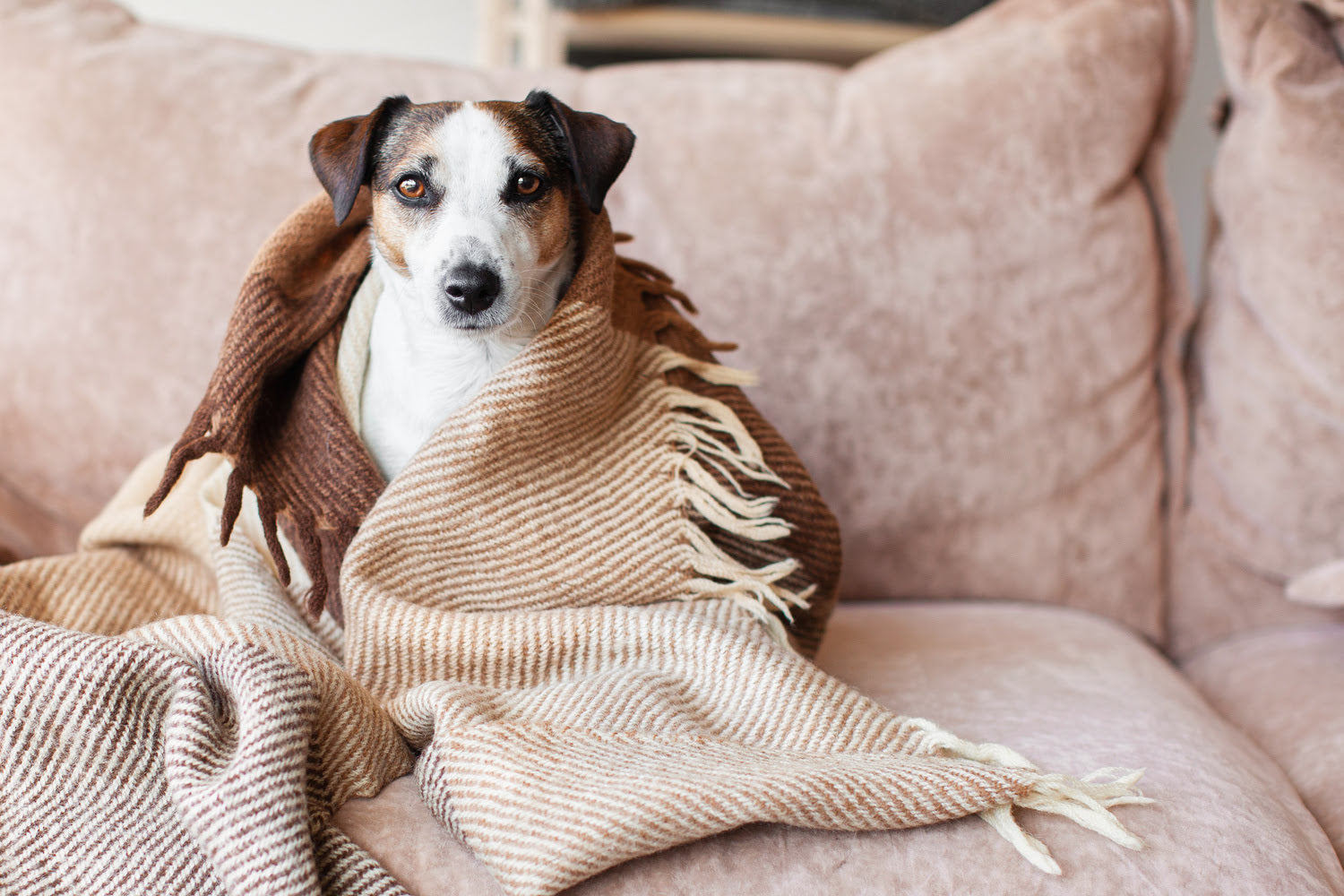
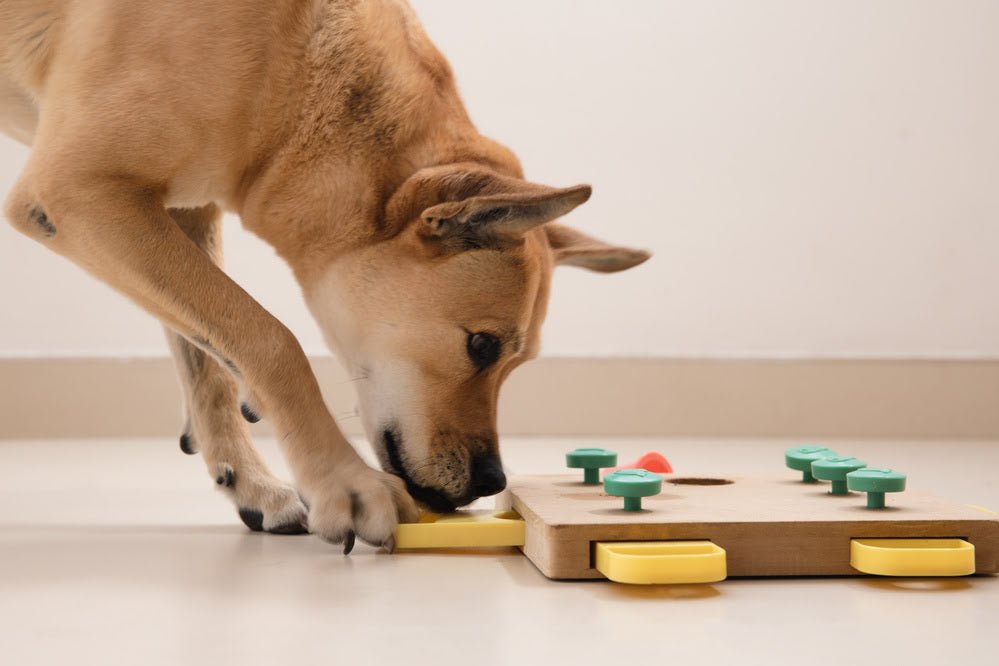


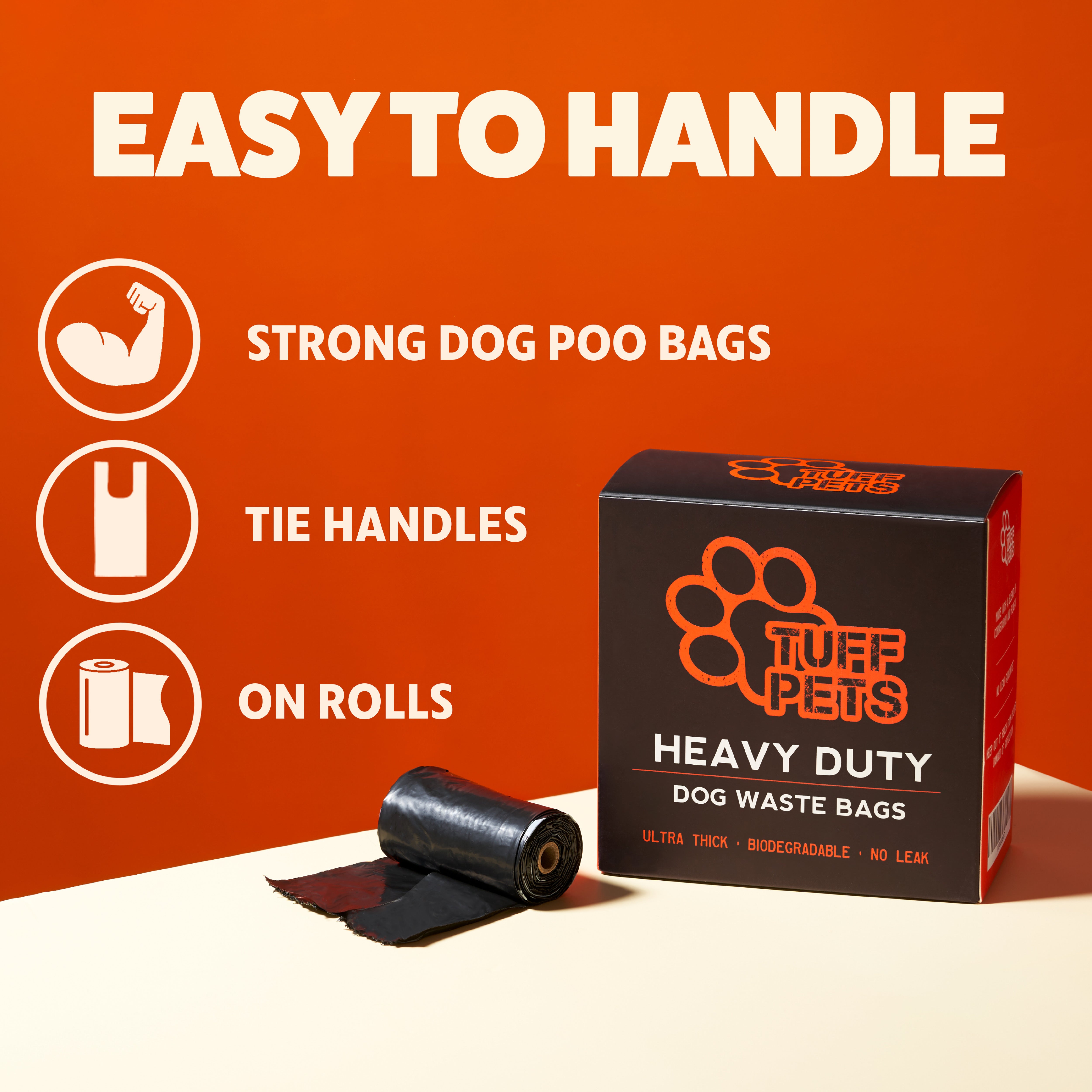
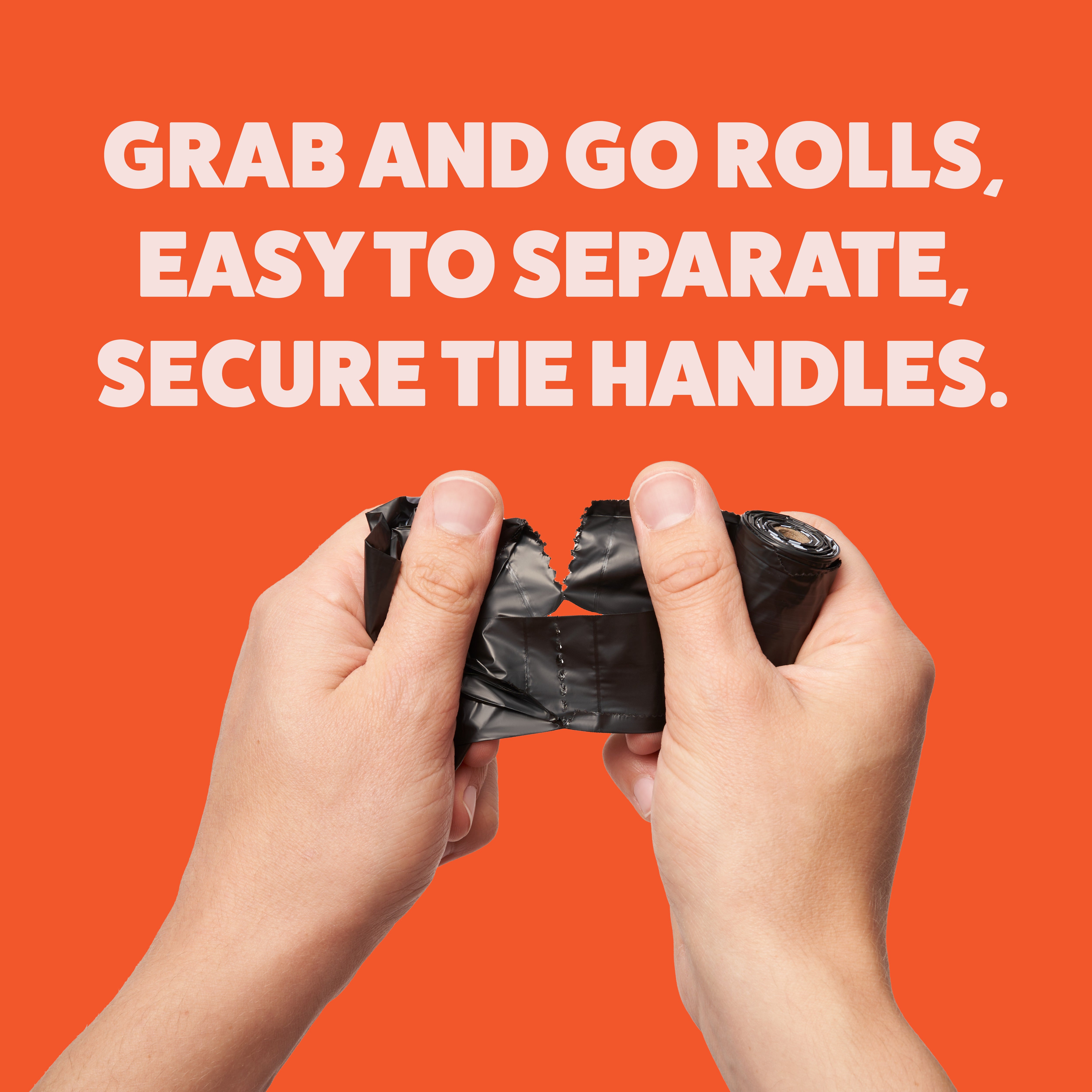
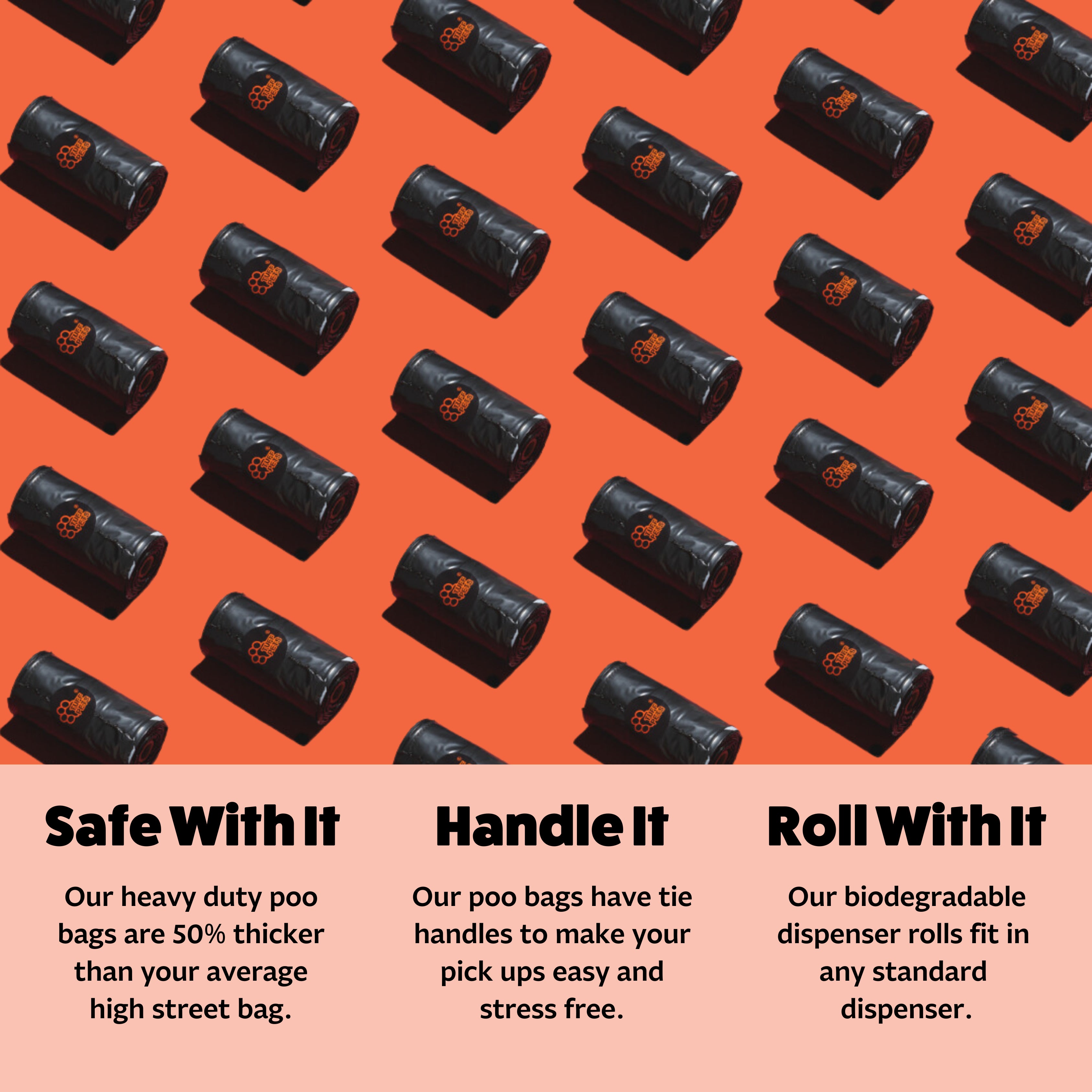
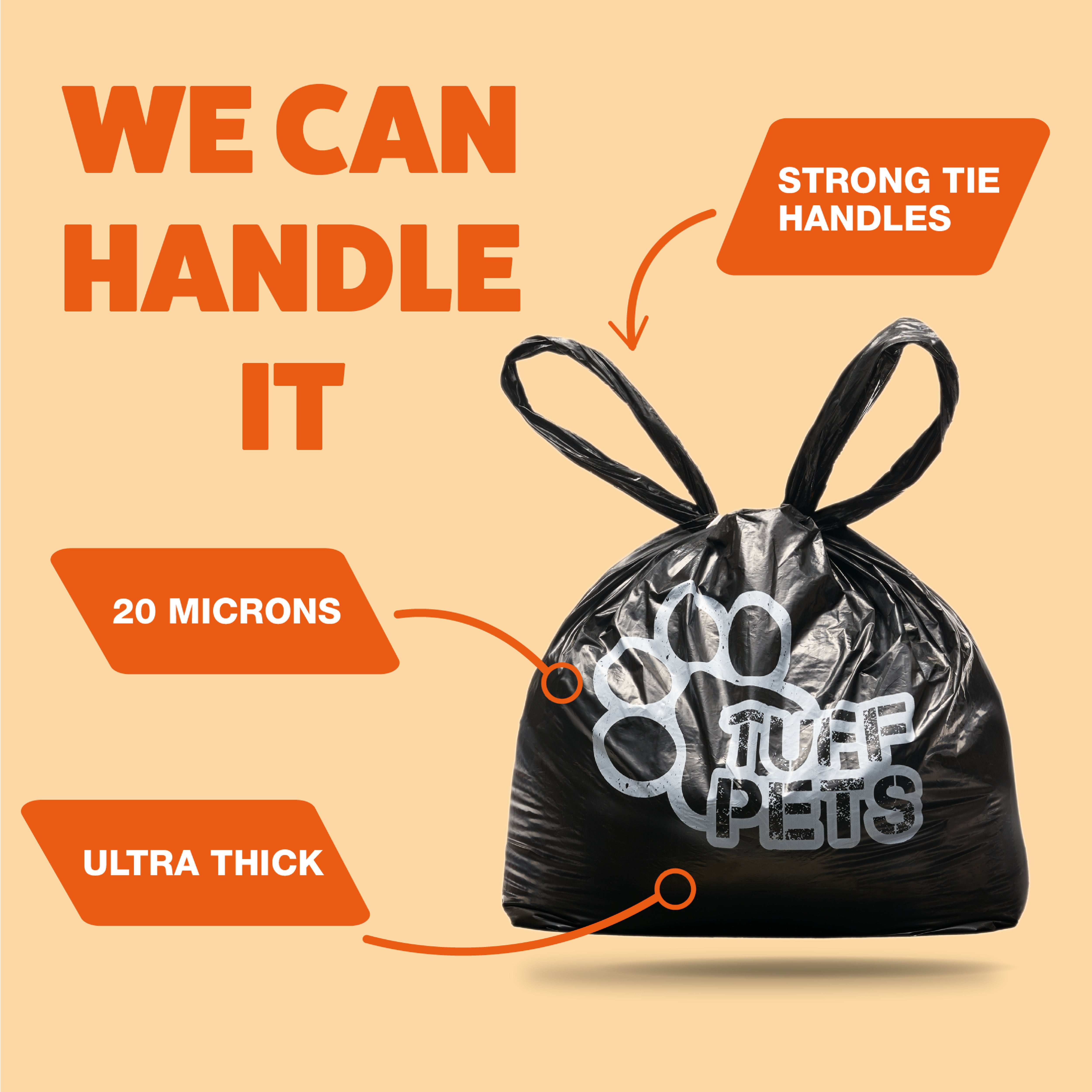


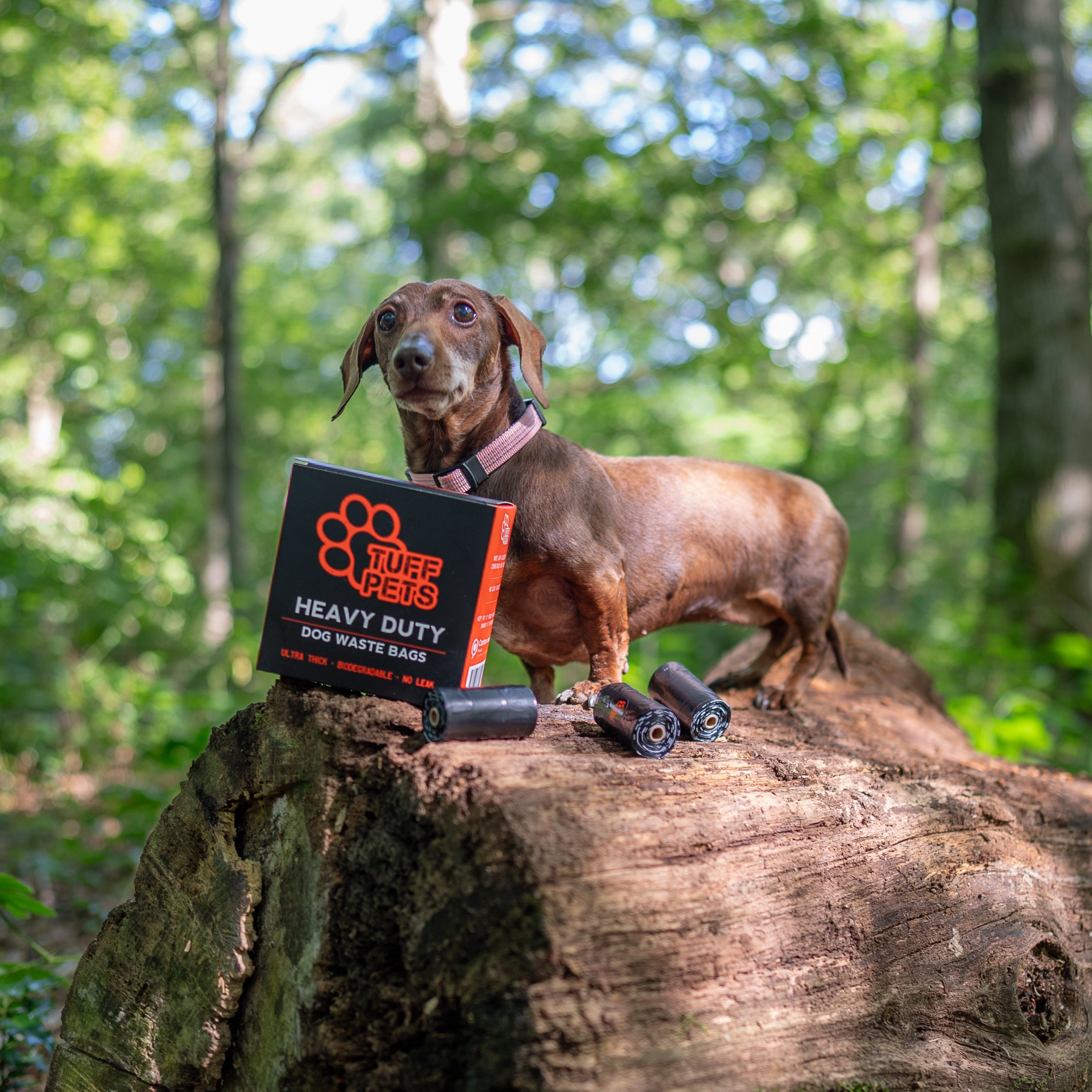


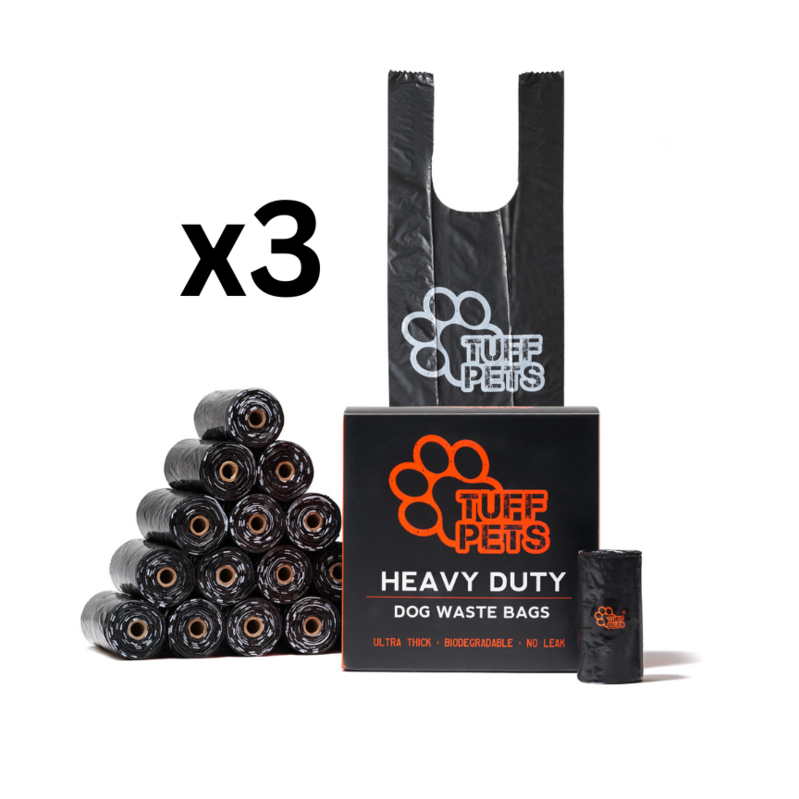
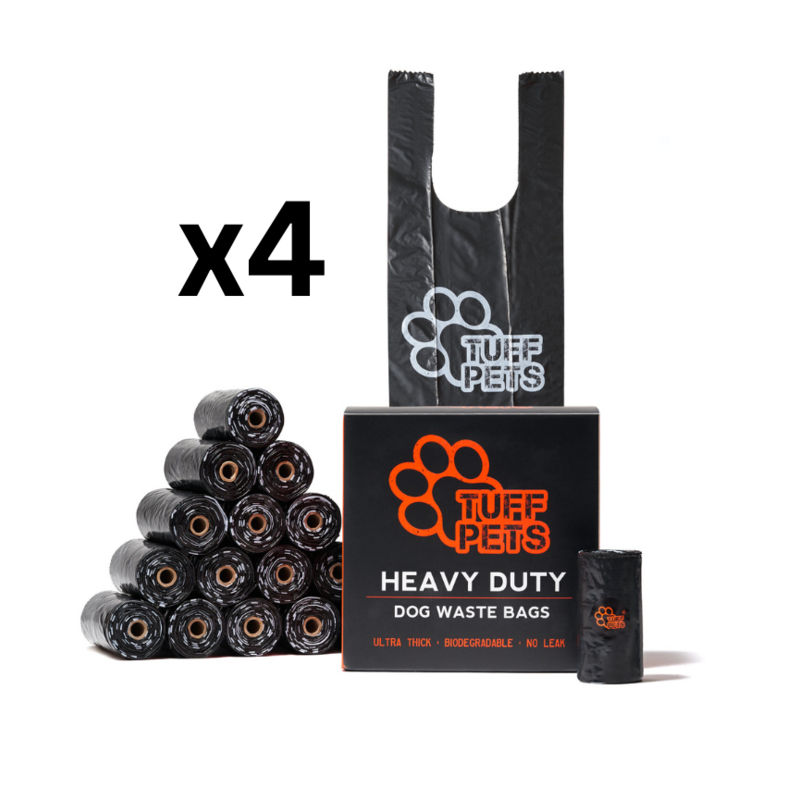
Share:
7 Surprising Things Your Dog Can Sense
Decoding the Humping Habit in Dogs - Things Every Owner Should Know